The Fight-Flight Response Is Connected To Beta Cell Creation And Destruction

Summary: Recent research confirms a link between the autonomic nervous system (ANS) and pancreatic beta cell function in Type 1 Diabetes (T1D), validating the impact of stress and distress on beta cell destruction and regeneration. Addressing chronic stress and promoting relaxation may potentially aid beta cell regeneration in T1D management.
The Relationship Between The Autonomic Nervous System And The Pancreas
Wow, wow, wow! I have just come across a research article that has blown my mind and I just had to share it with you!
I found an article in the scientific literature that has confirmed a hunch I have about the development (and maintenance) of Type 1 Diabetes. The article is entitled ‘Relationships between the Autonomic Nervous System and the Pancreas including Regulation of Regeneration and Apoptosis: Recent Developments’. It can be found in the journal ‘Pancreas’ (find the article here) . Fun title, eh?! Haha!
First, just a quick glossary for those that need it (like I did about ten minutes ago!!):
Regeneration = creation of new cells
Apoptosis = cell death
What is so amazing for me about this article is that it has confirmed to me for the first time in the scientific literature that there is a link between the fight-or-flight response of the autonomic nervous system and the creation and destruction of insulin-producing cells in the pancreas. MY INTUITION WAS RIGHT!! As I suspected…
Therefore, I am right to believe that sufficient trauma can result in destruction of insulin-producing cells, which would result in the development of T1D. Then, if the body gets stuck in a fight-or-flight response – either it doesn’t process that the trauma has passed OR the trauma is ongoing or chronic – the status of T1D is maintained in the body.
In other words, the body continually tells the pancreatic cells to stayed destroyed and not be regenerated because the autonomic nervous system is saying that there is something dangerous out there that the body needs to be ready for. So now the question becomes… If I find a way to tell the body (and mind and soul) that the threat is over and I am now safe, will the pancreas then regenerate beta cells and thus start producing insulin again?

GET HEALINGT1D’S FUTURE ARTICLES IN YOUR INBOX!
Get the latest musings and findings straight to your email inbox.
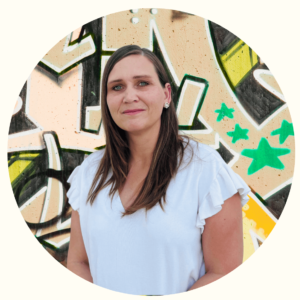
Natalie is a blogger with Type 1 Diabetes. Natalie’s special gifts are questioning the status quo and being a rebel. She is using these gifts to question medical ‘knowledge’ and find a true cure for Type 1 Diabetes.





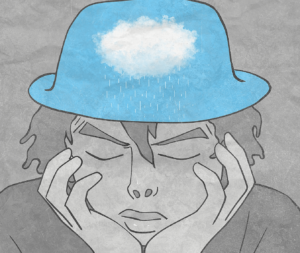 Dairy affects my mood?! I never knew this!! When I moved to the Middle East six months ago, the amount of dairy in my diet dropped considerably. I just didn’t find it so readily available out here. I didn’t really notice how little of it I was eating until I moved into our new home and started reverting to my old way of eating. And, boy, did I get angry… And moody… And crabby… And exhausted… And tearful… And snarky… And, frankly, depressed.
Dairy affects my mood?! I never knew this!! When I moved to the Middle East six months ago, the amount of dairy in my diet dropped considerably. I just didn’t find it so readily available out here. I didn’t really notice how little of it I was eating until I moved into our new home and started reverting to my old way of eating. And, boy, did I get angry… And moody… And crabby… And exhausted… And tearful… And snarky… And, frankly, depressed.
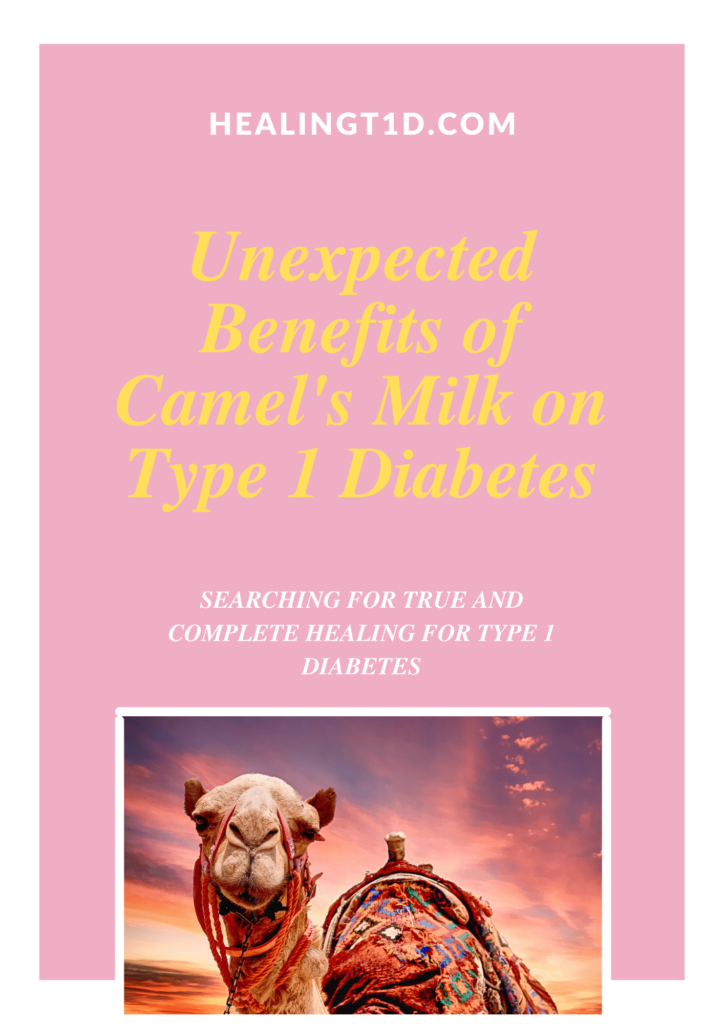
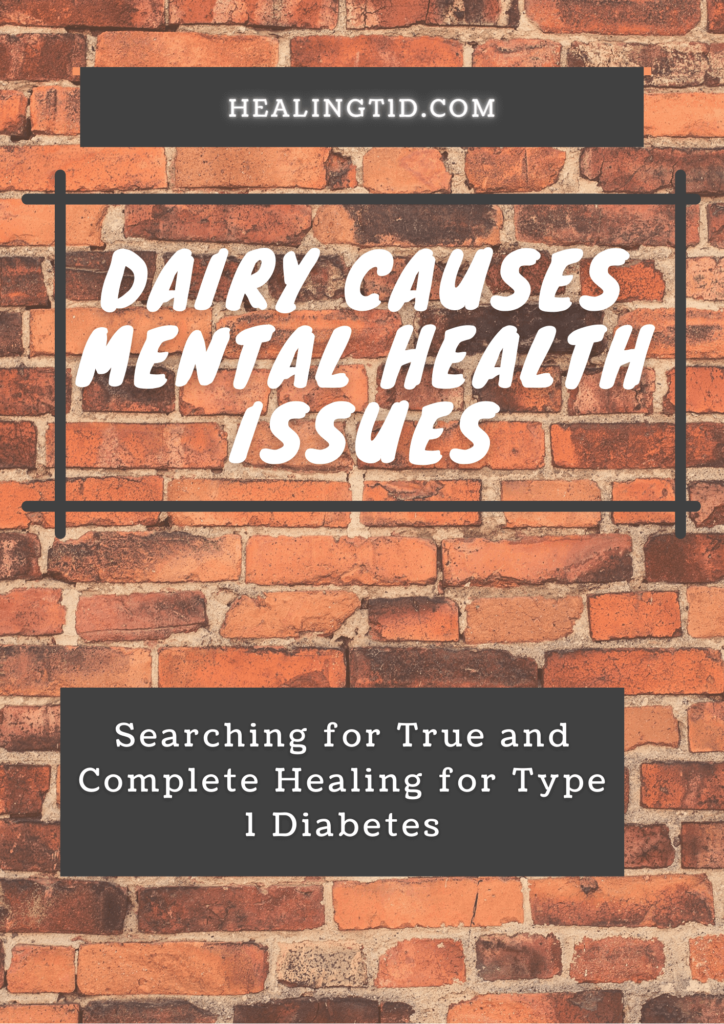
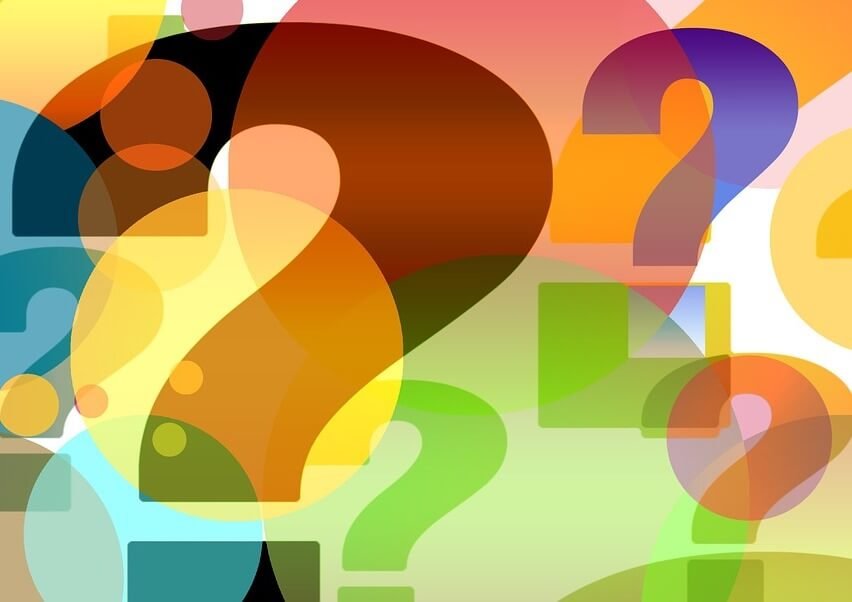
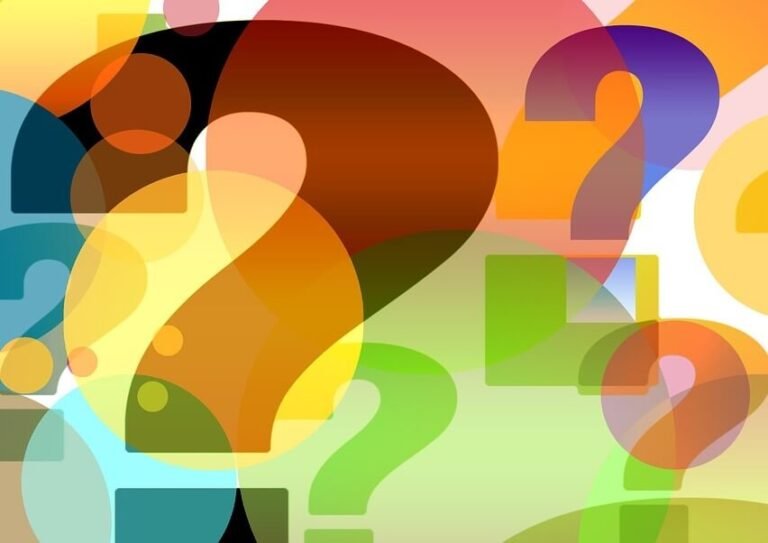
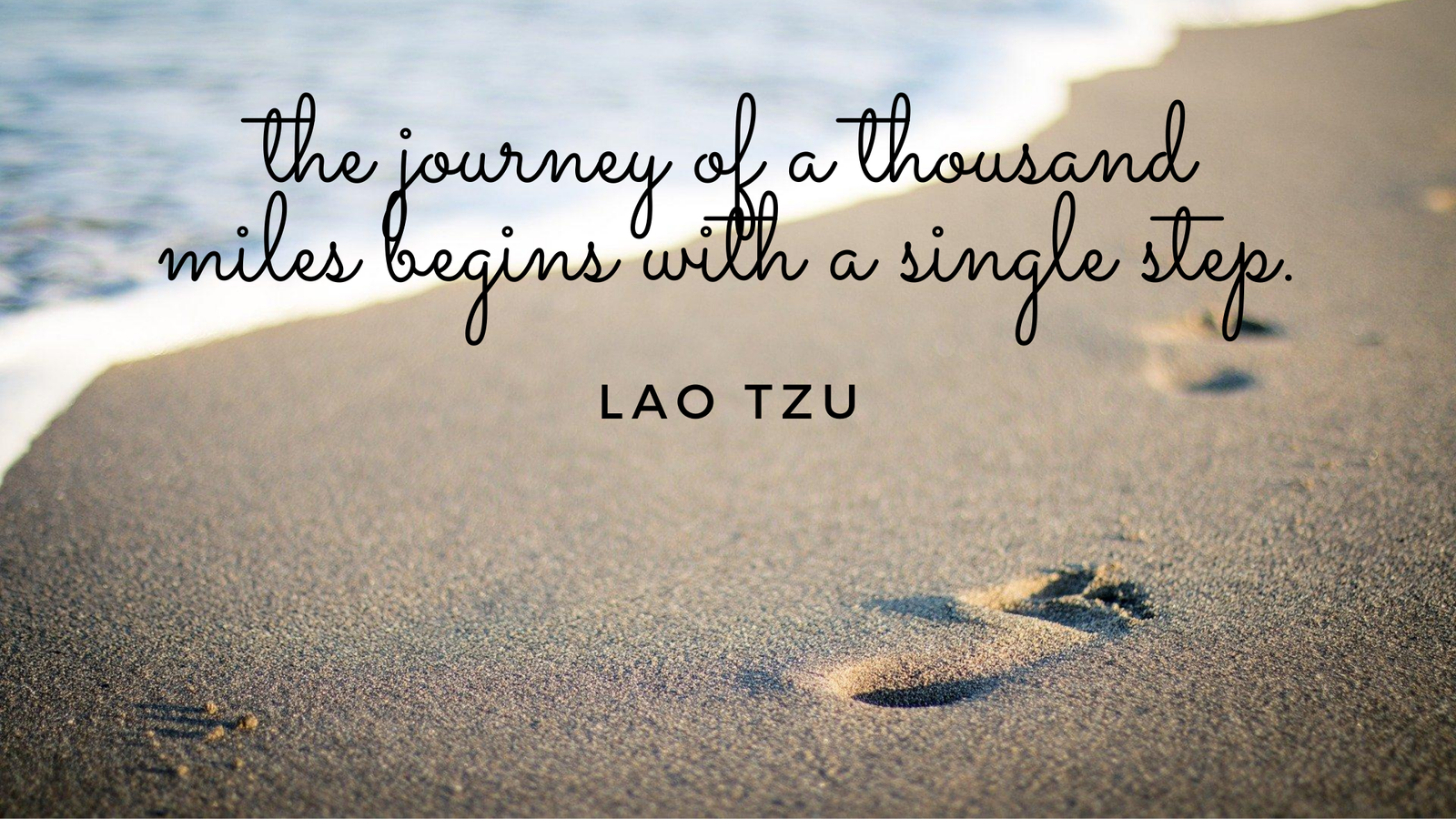
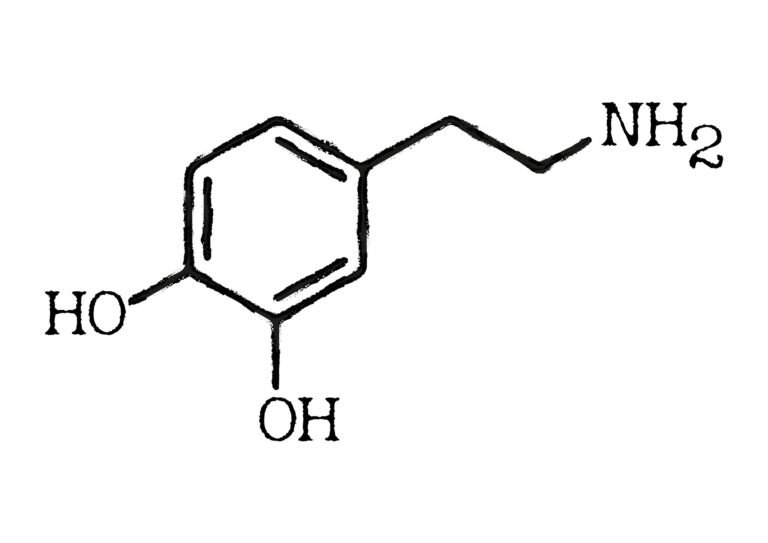
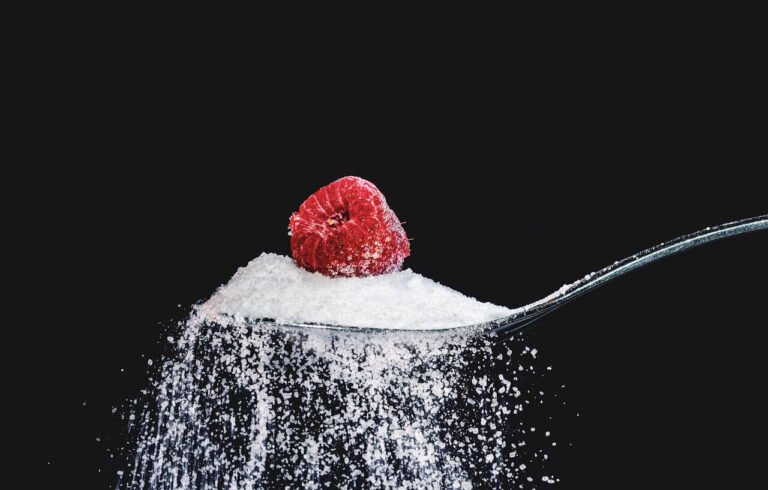
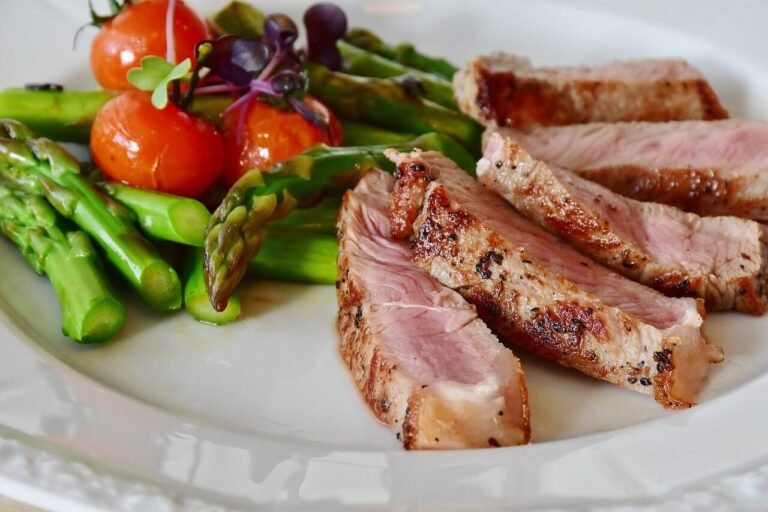


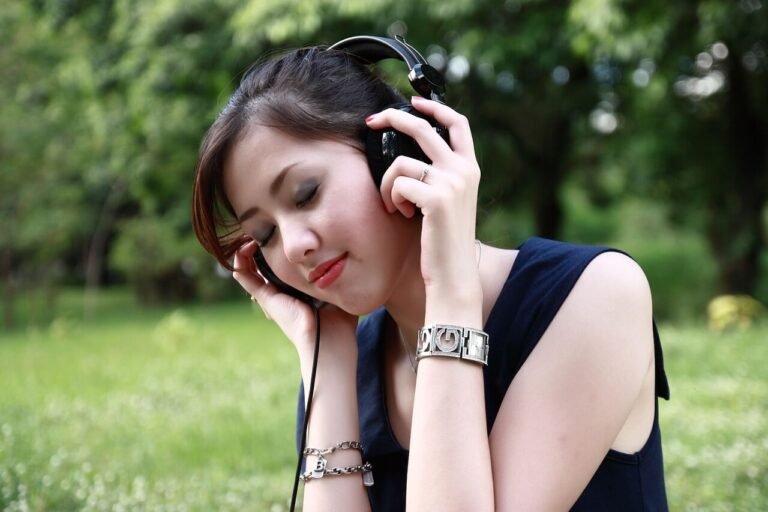




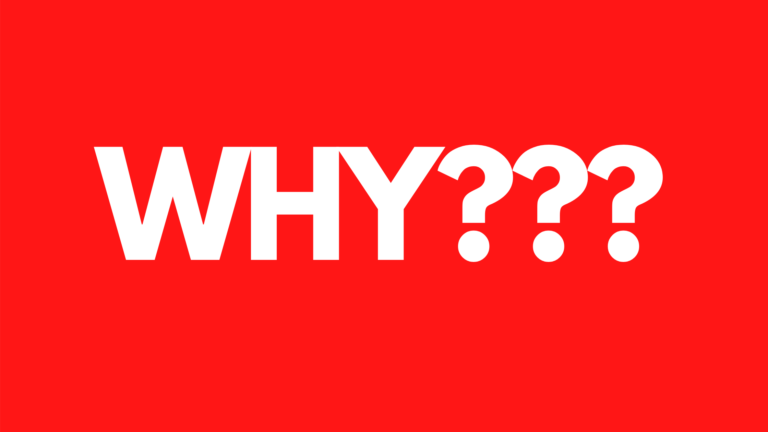

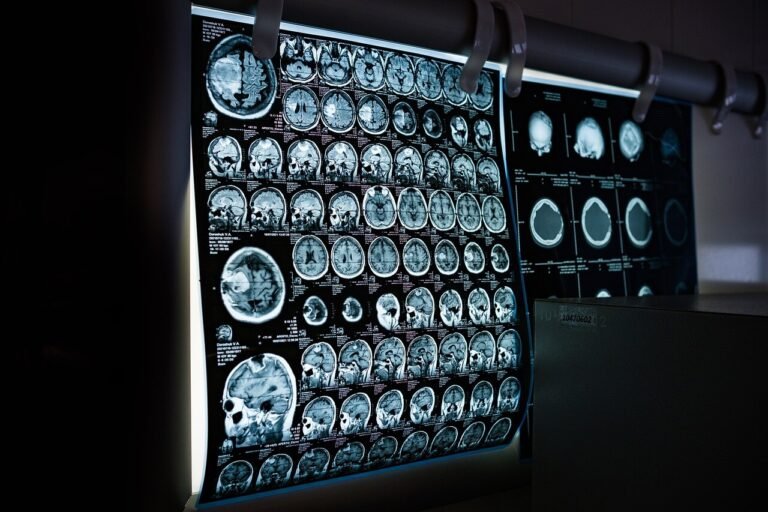
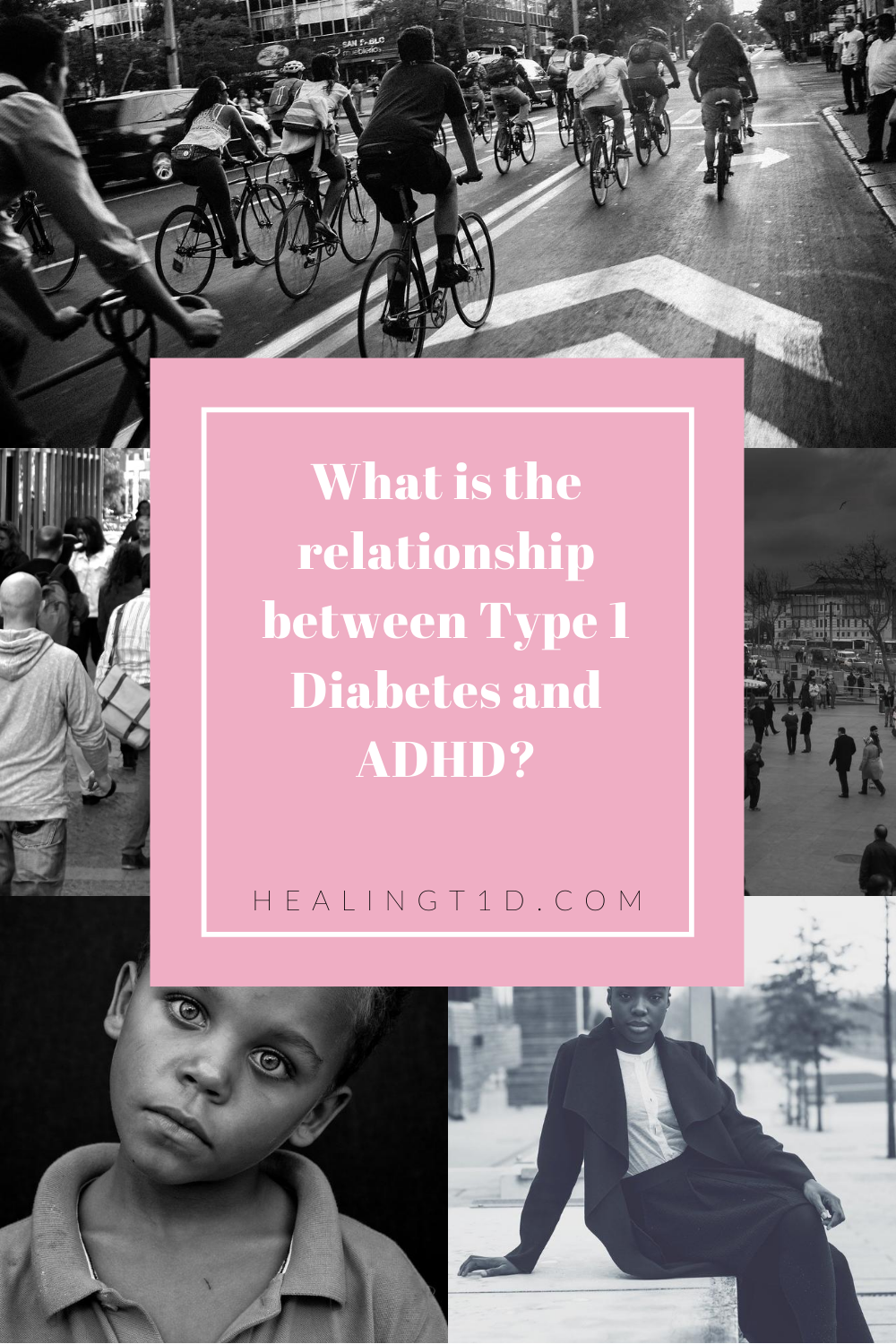

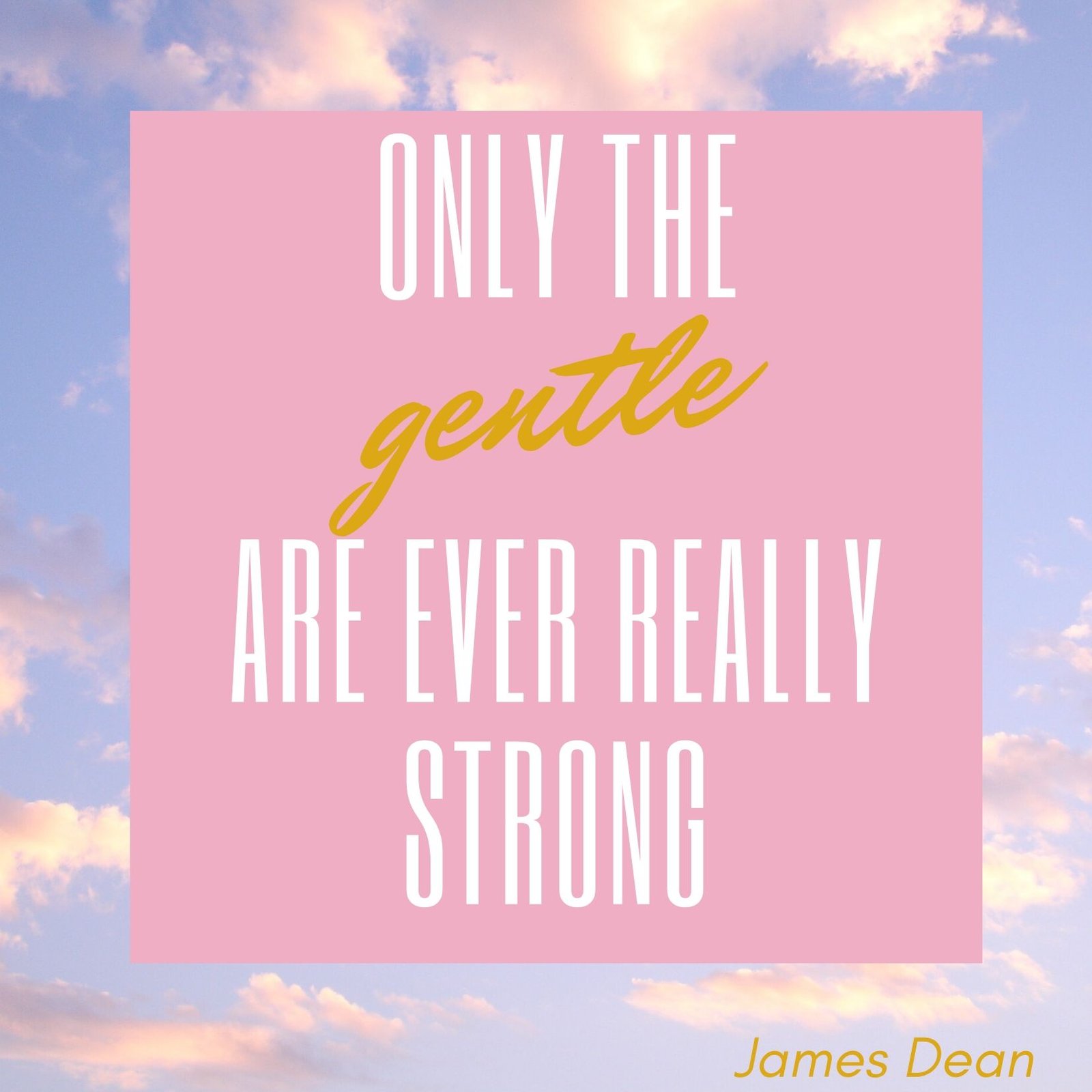

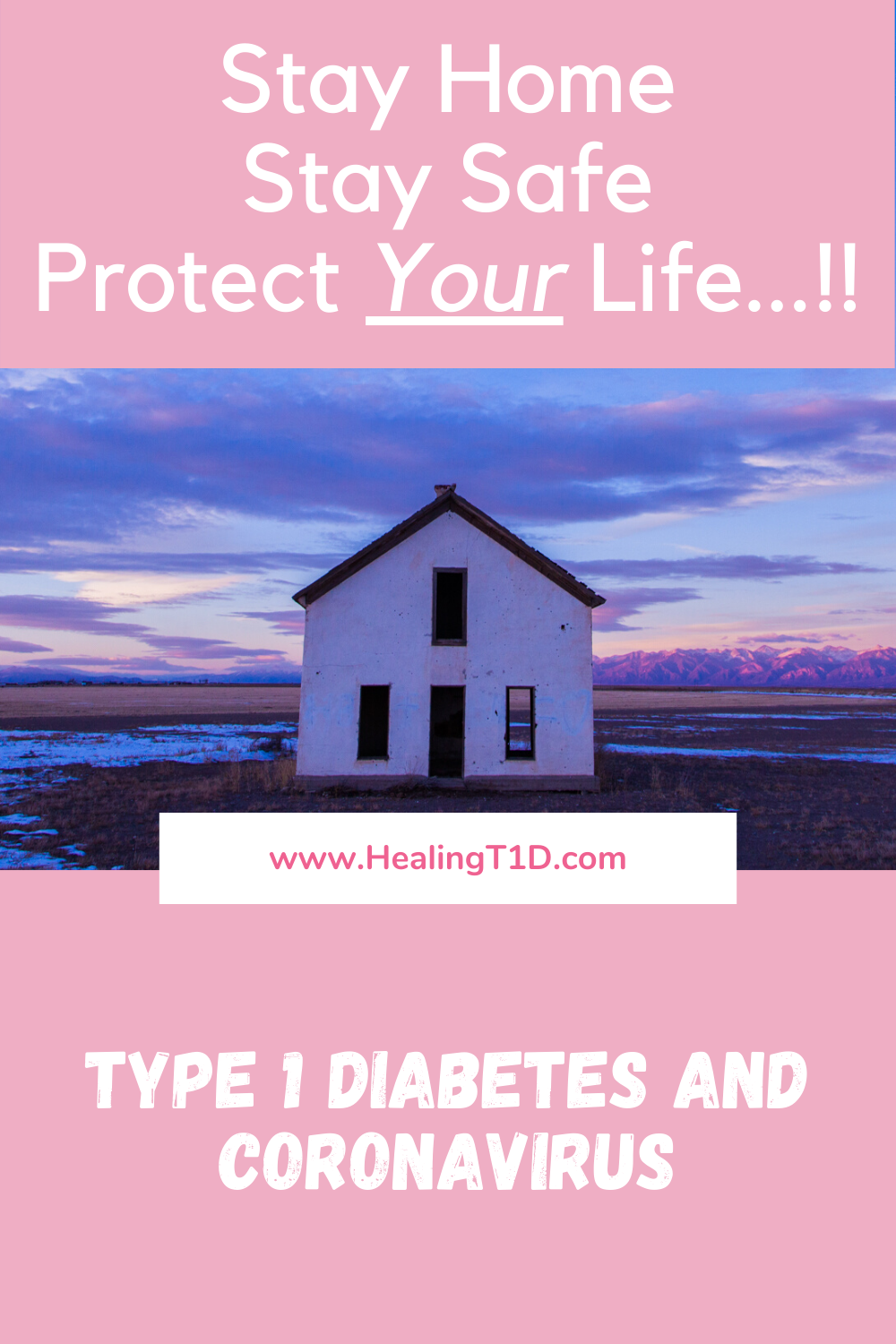

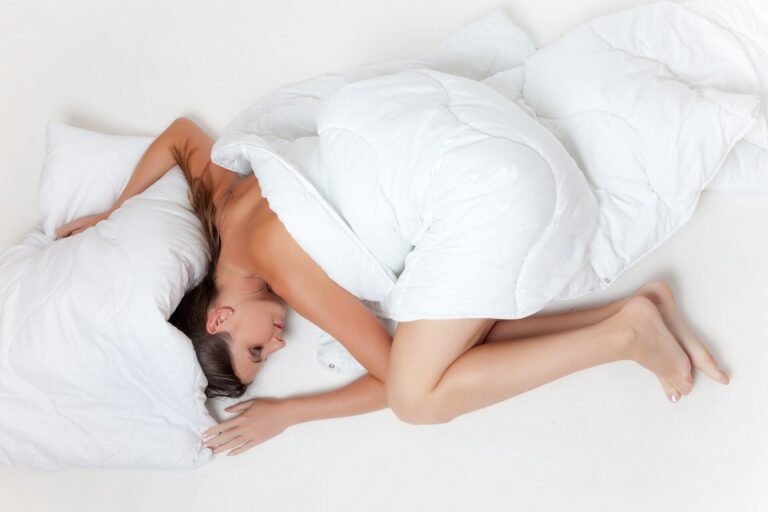
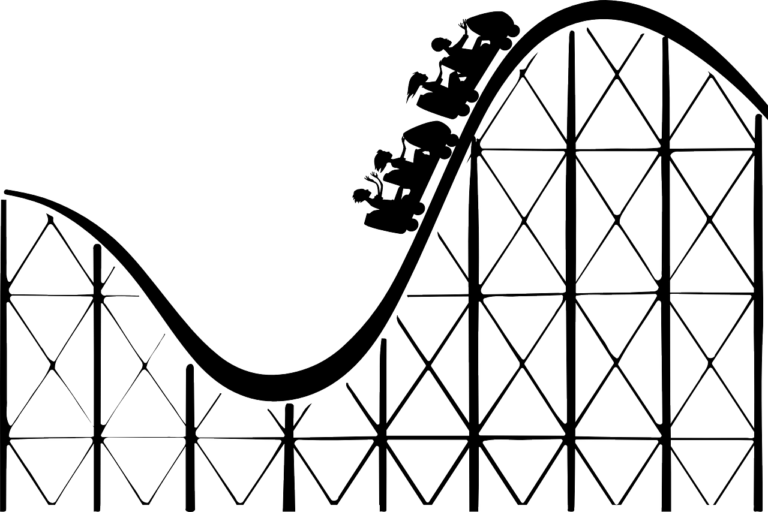

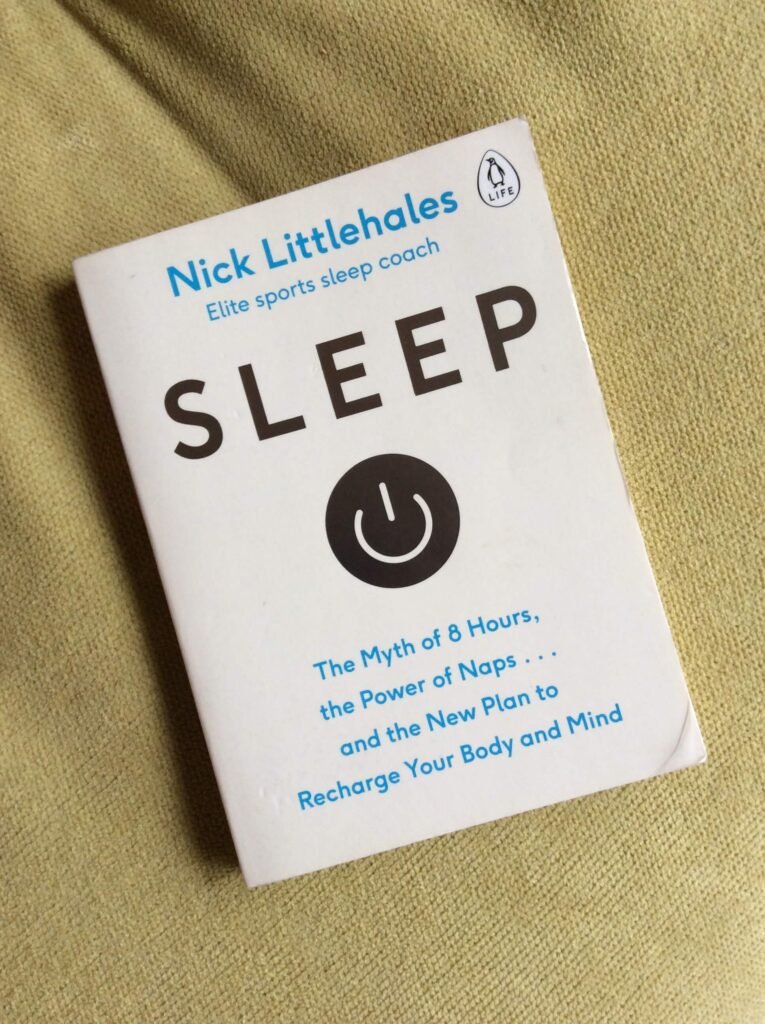

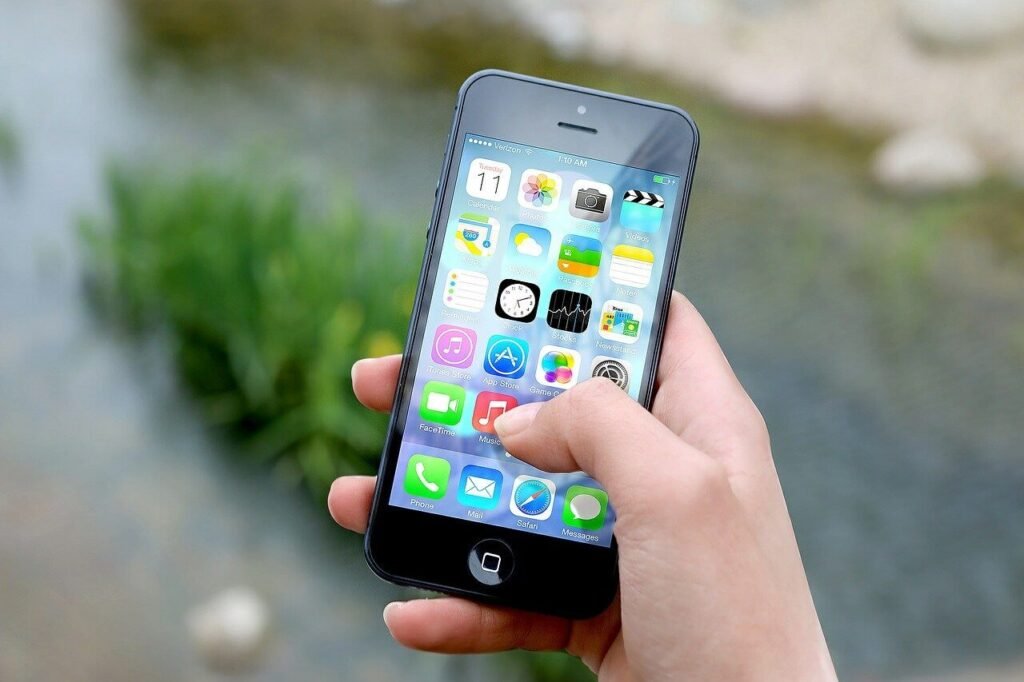

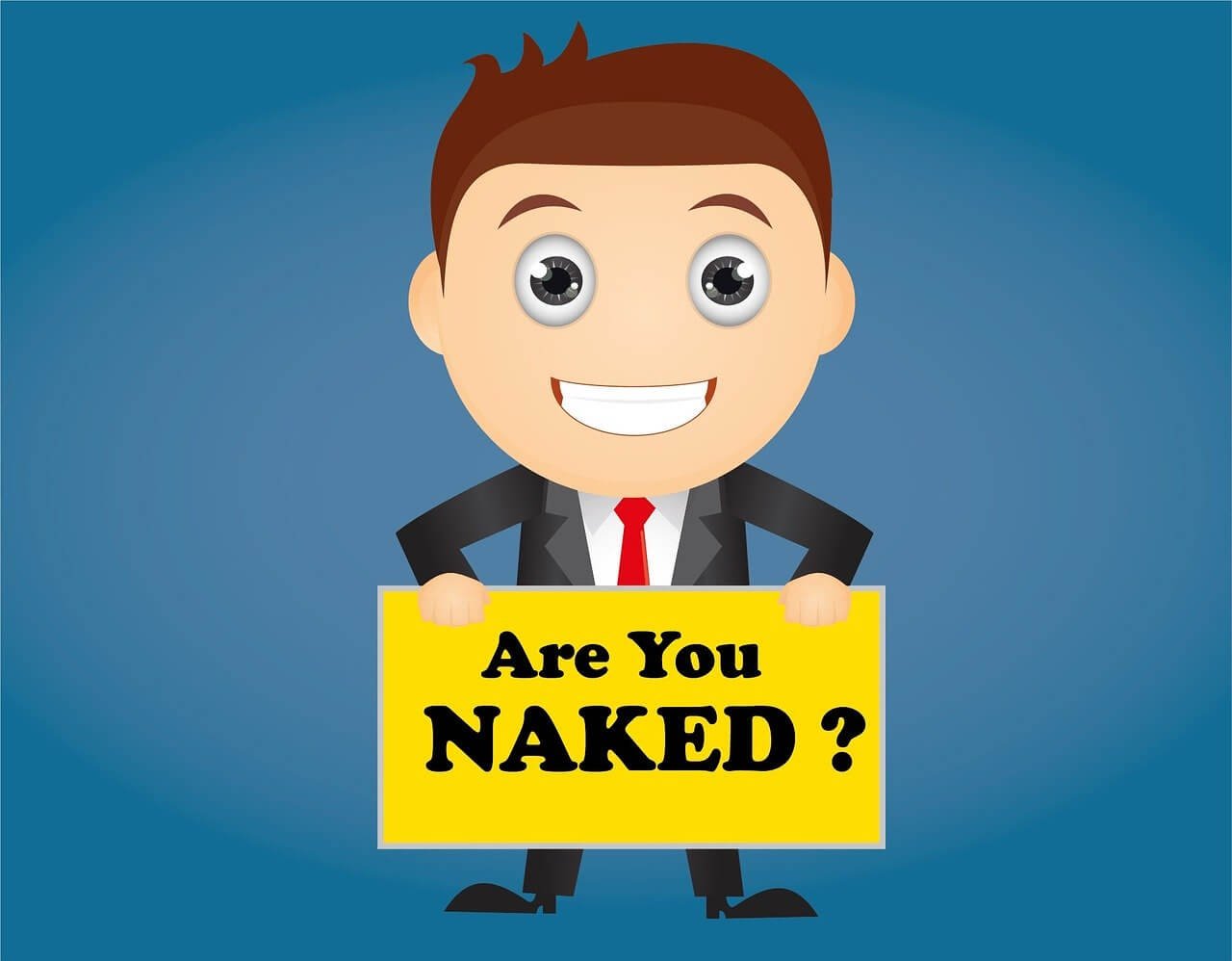
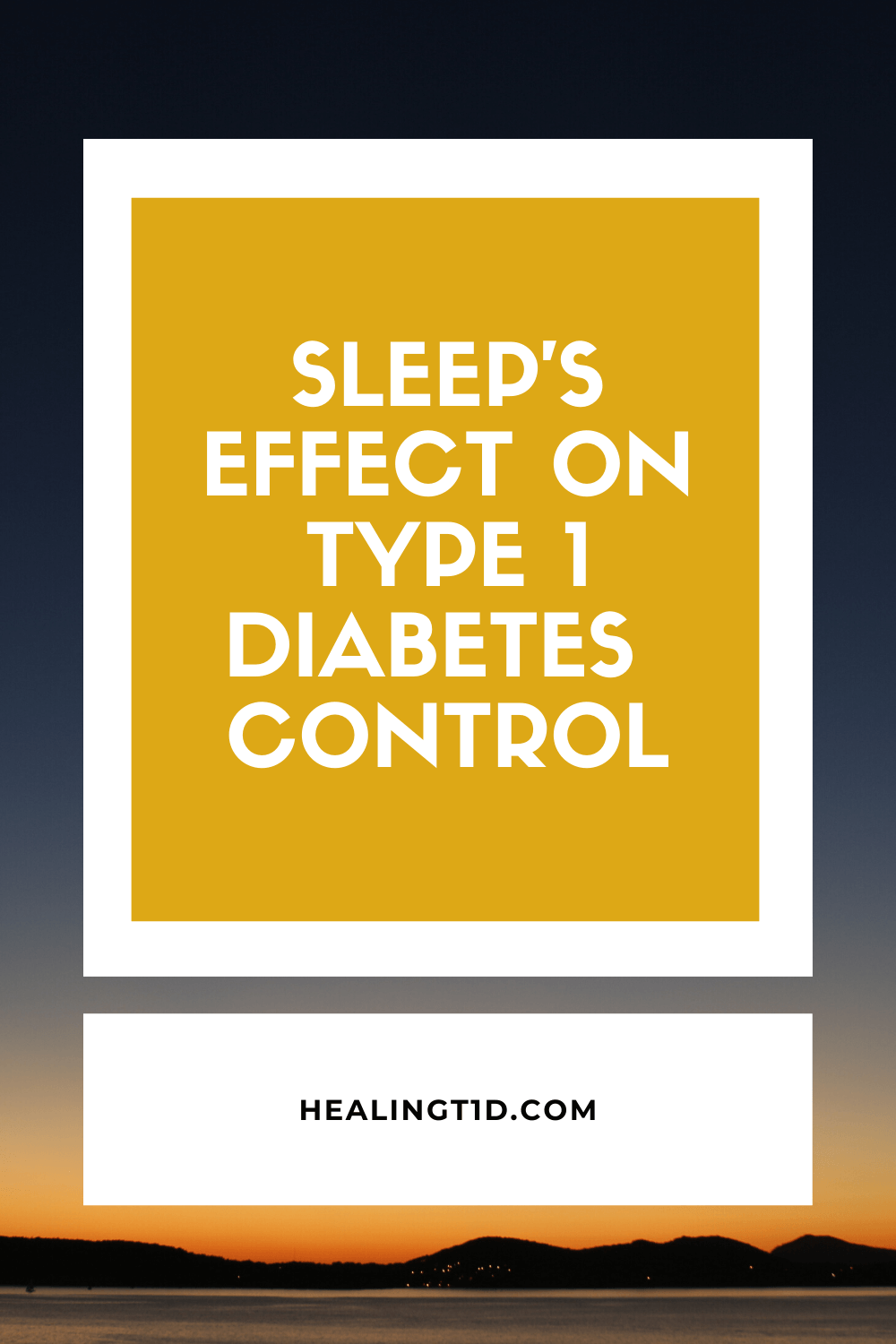
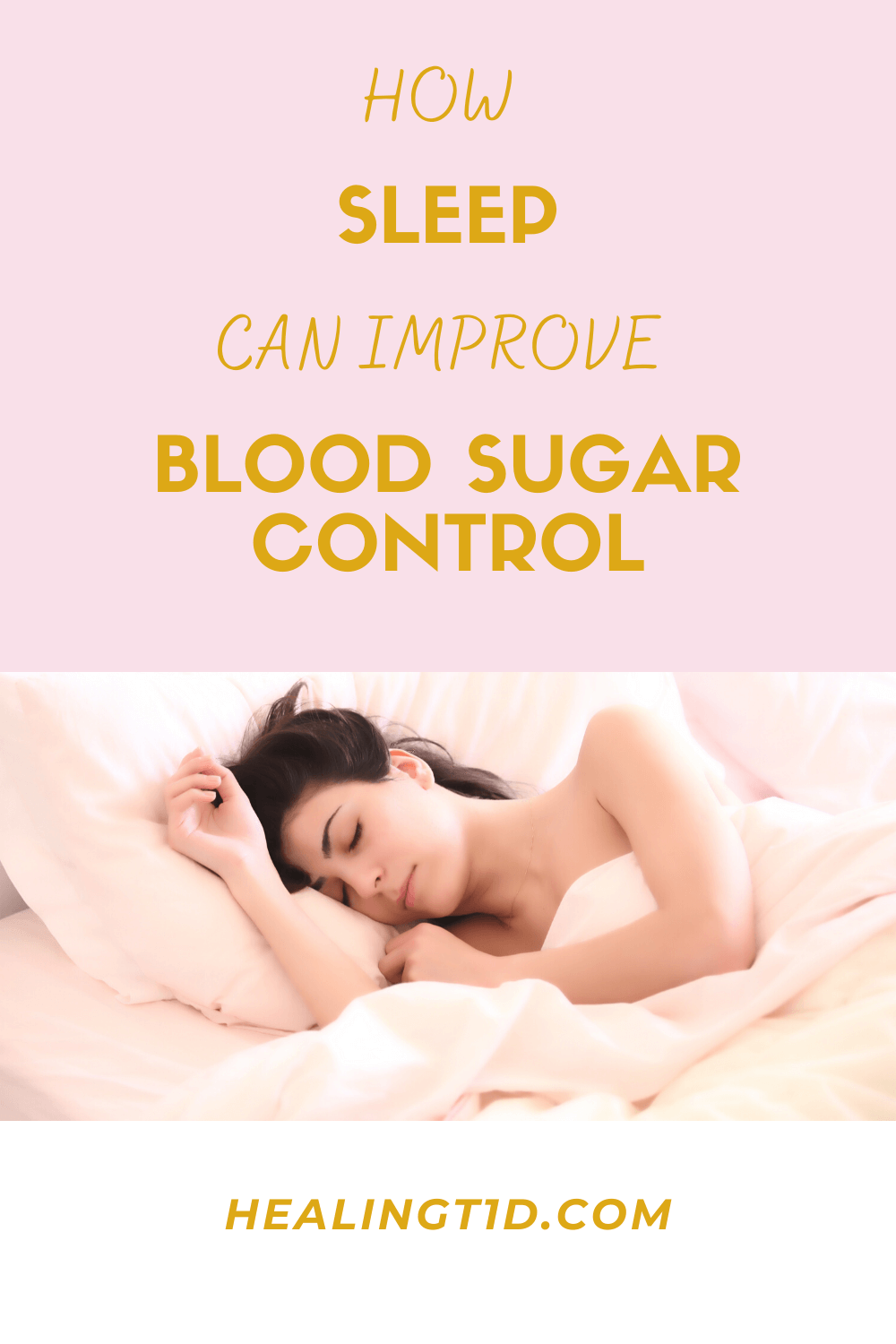
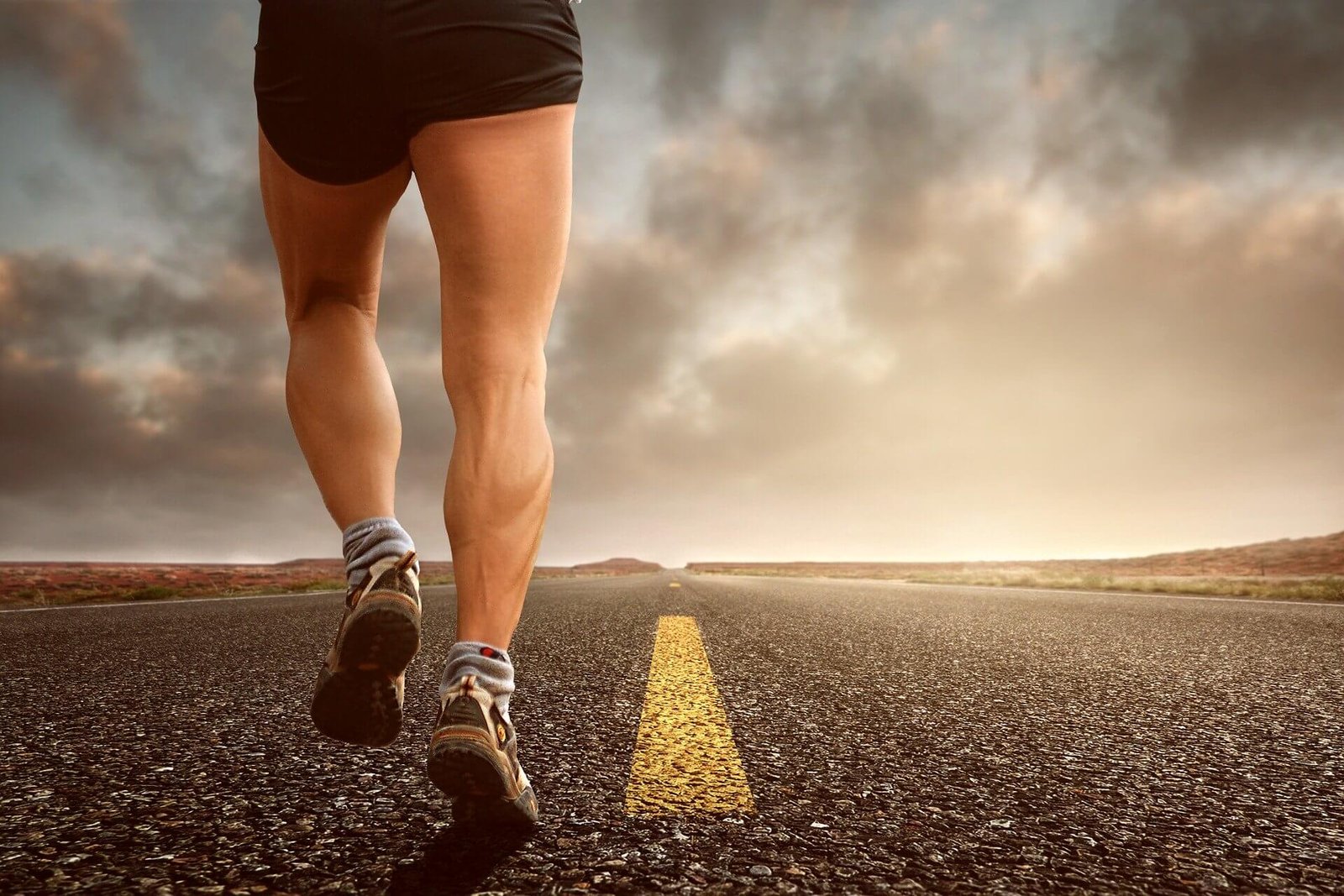
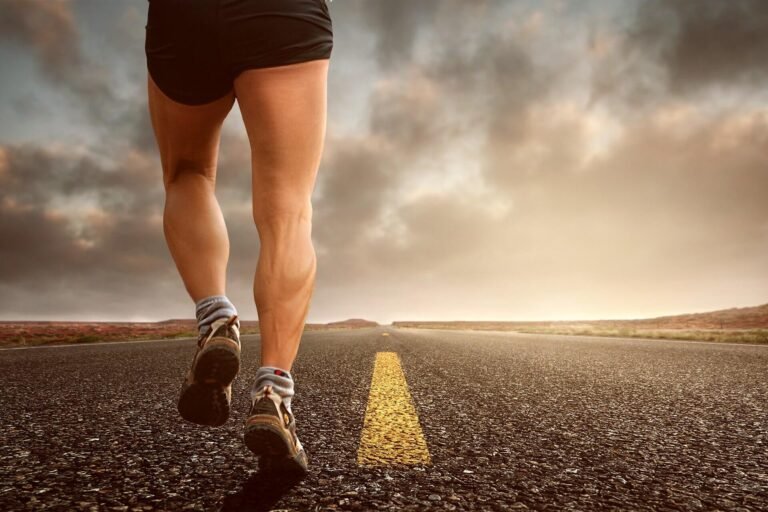
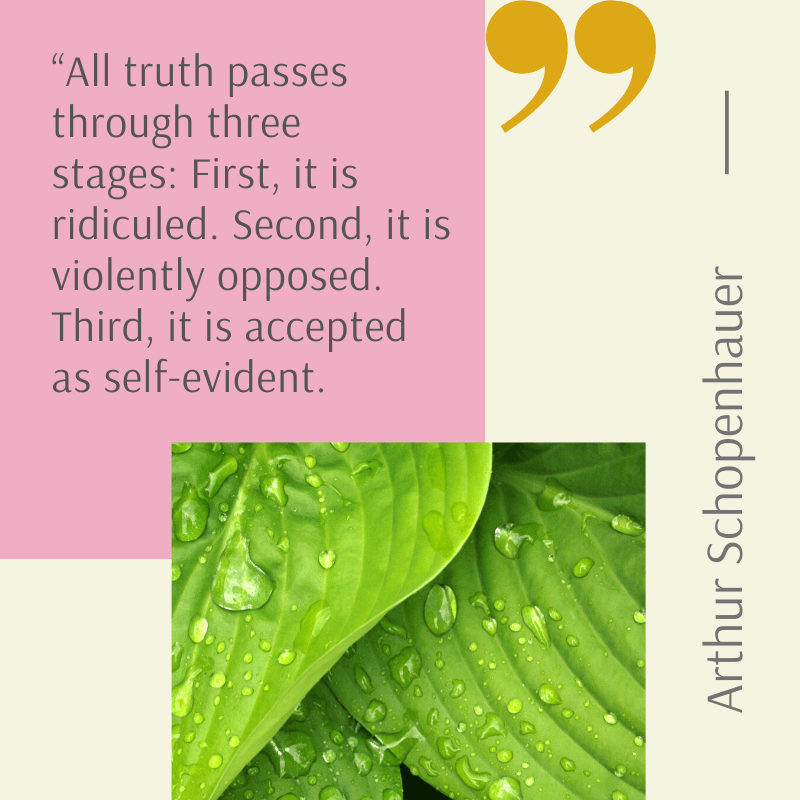
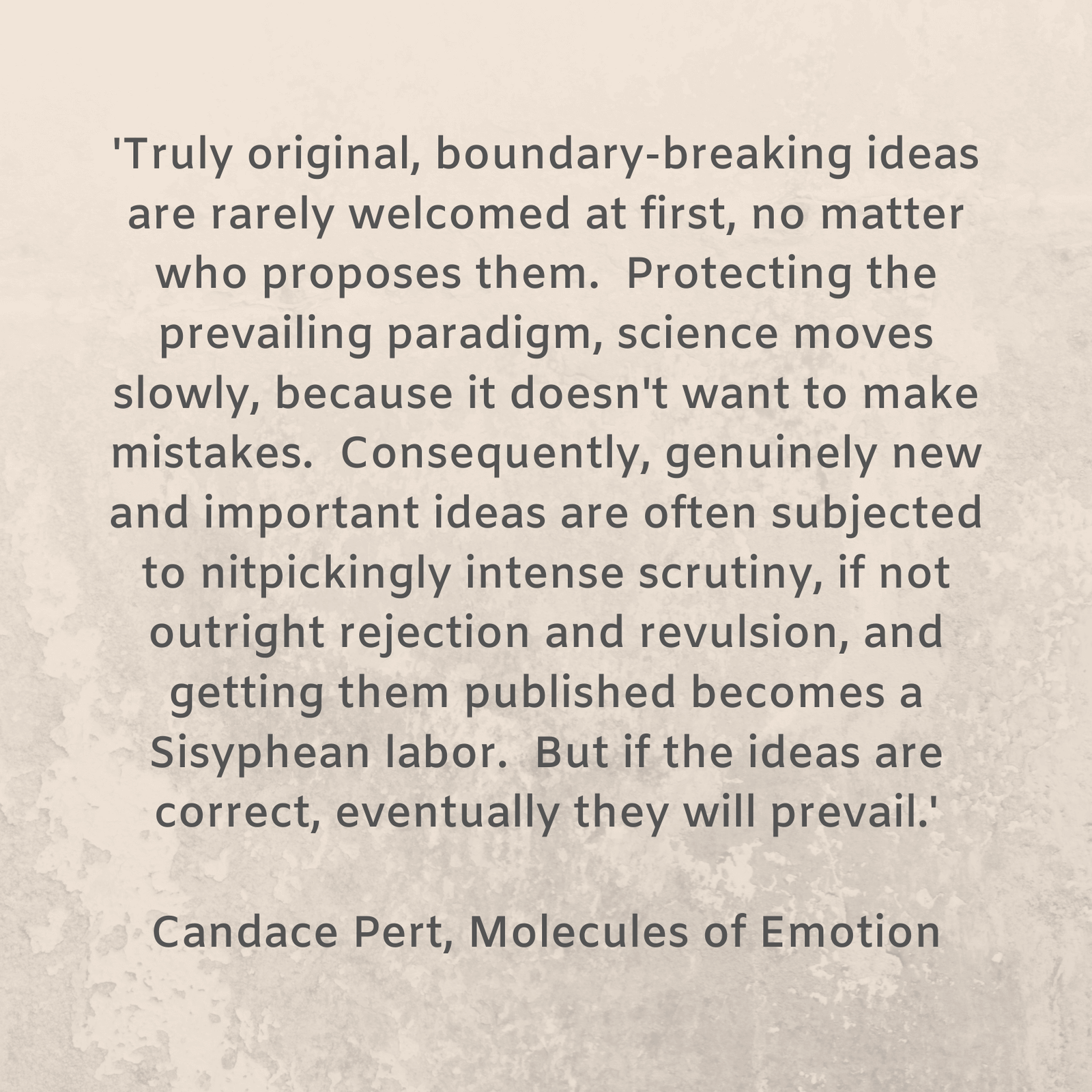
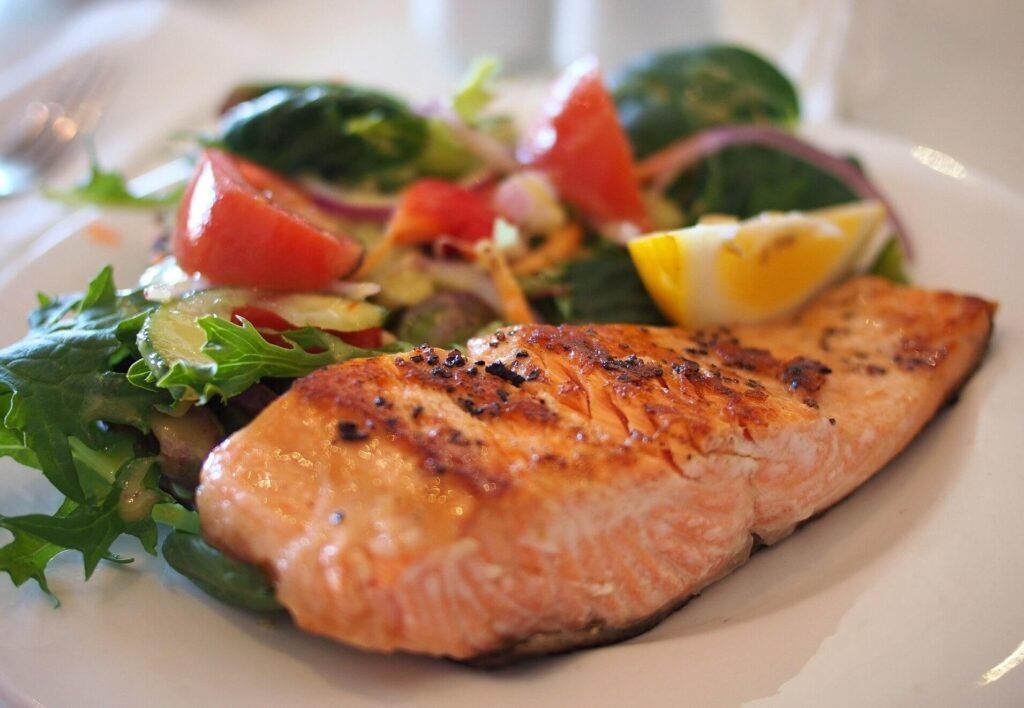
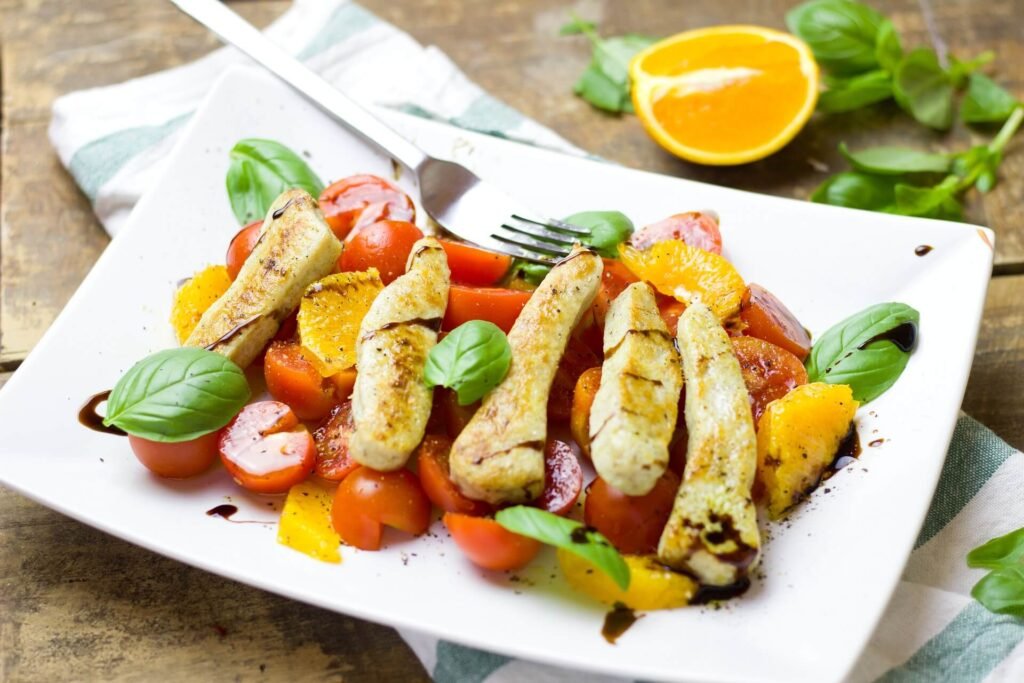

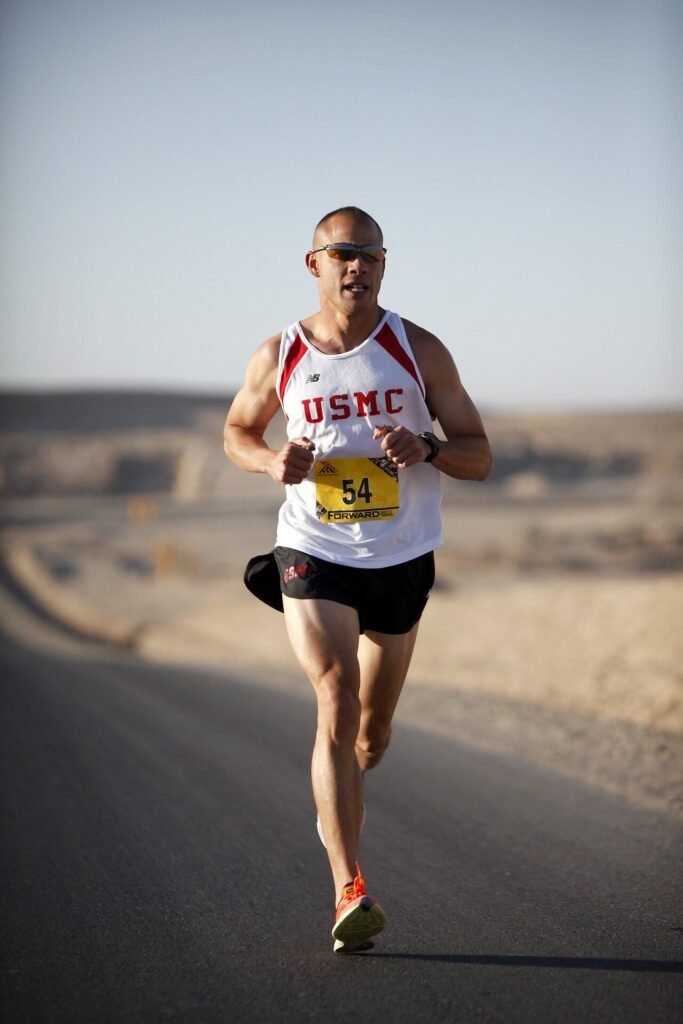
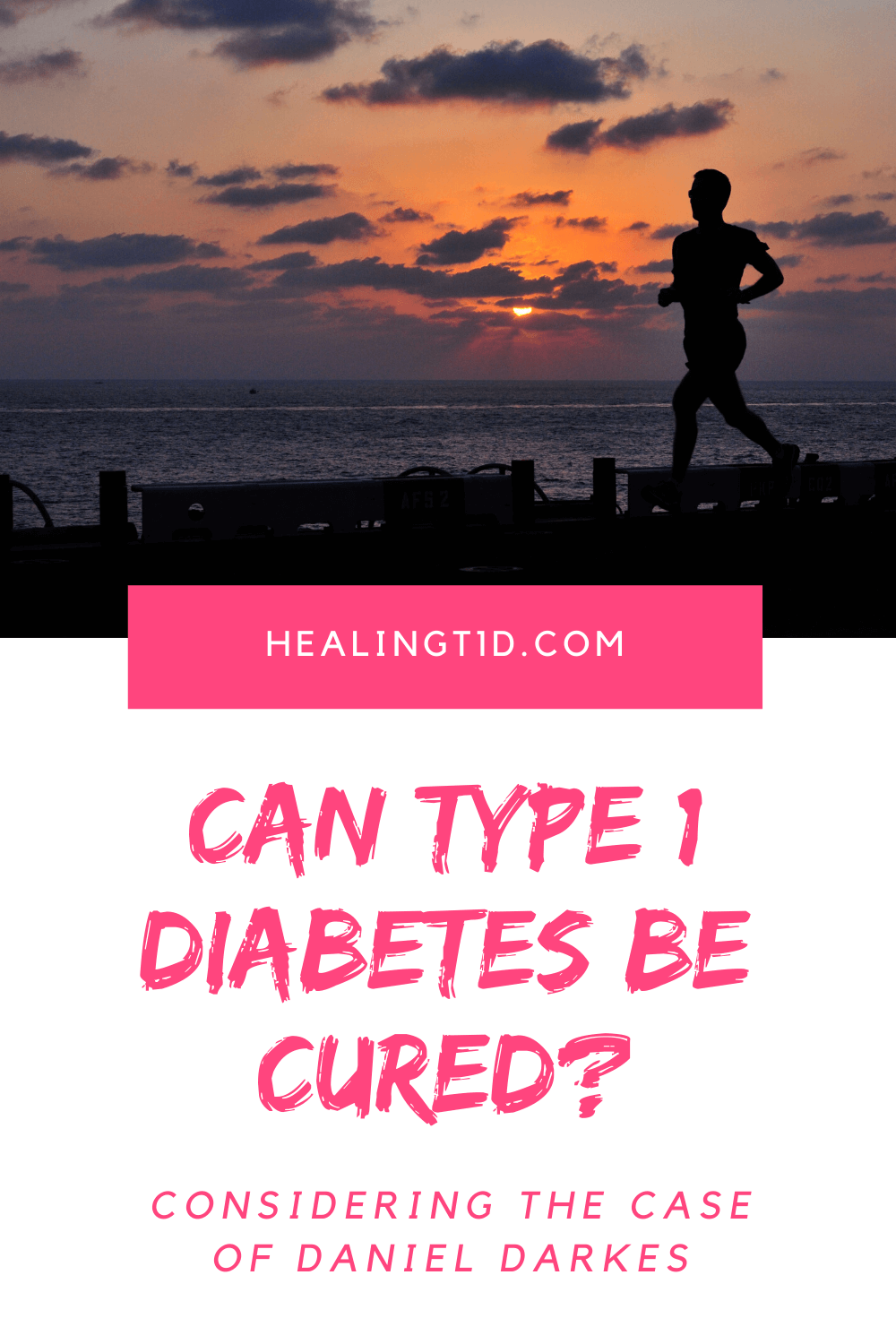
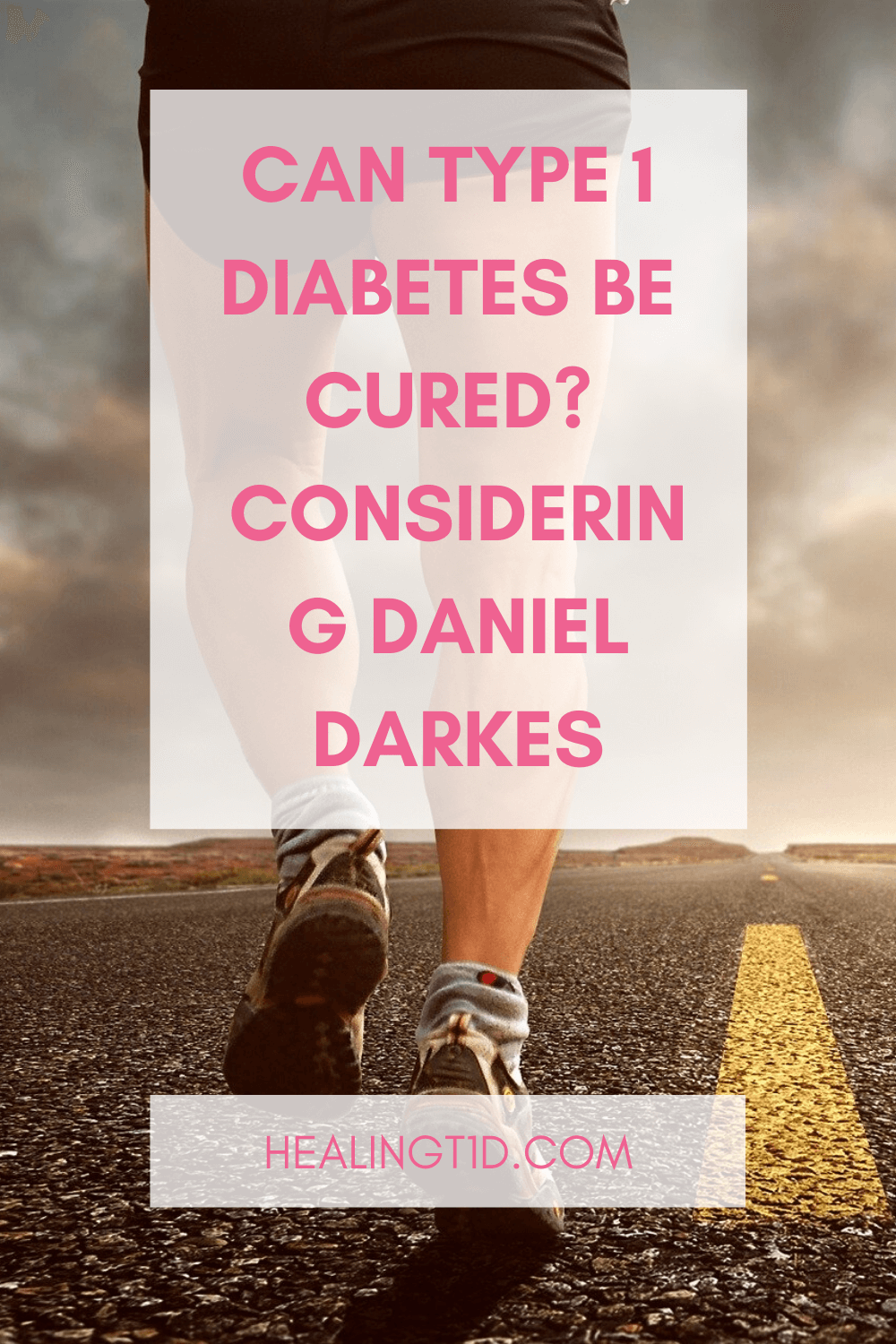
Recent Comments: